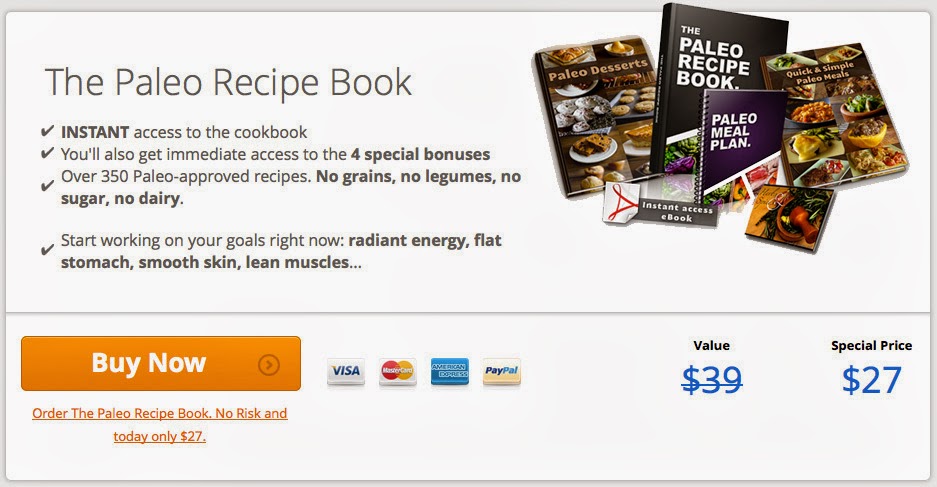Breast milk is all your baby will need until at least 4 months of age. There does come a time, when breast milk will no longer supply all of your baby's nutrition needs. Full term babies will start to require iron from other sources by 6 - 9 months of age. Some babies that aren't started on solid foods by the age of 9 - 12 months may have a great level of difficulty accepting solid foods. It's actually a developmental milestone when your child starts solid foods - as he is now growing up.
When to start
The ideal time to begin solid foods is when the baby shows interest in starting. Some babies will show interest in solid food when it's on their parents' plates, as early as 4 months of age. By 5 - 6 months, most babies will reach out and try to grab the food. When the baby starts to reach for food, it's normally the time to go ahead and give him some.
Sometimes, it may be a better idea to start food earlier. When a baby seems to get hungry or once weight gain isn't continuing at the desired rate, it may be good to start solid foods as early as 3 months. It may be possible however, to continue breast feeding alone and have the baby less hungry or growing more rapidly. Breast fed babies will digest solid foods better and earlier than artificially fed babies because the breast milk will contain enzymes which help to digest fats, proteins, and starch. Breast fed babies will also have had a variety of different tastes in their life, since the flavors of many foods the mother eats will pass into her milk.
Introducing solid foods
When the baby begins to take solid foods at the age of 5 - 6 months, there is very little difference what he starts will or what order it is introduced. You should however, avoid spicy foods or highly allergenic foods at first, although if your baby reaches for the potato on your plate, you should let him have it if it isn't too hot. Offer your baby the foods that he seems to be interested in. Allow your baby to enjoy the food and don't worry too much about how much he takes at first, as much of it may end up on the floor or in his hair anyhow. The easiest way to get iron for your baby at 5 - 6 months of age is by giving him meat. Cereal for infants has iron, although it is poorly absorbed and may cause your baby to get constipated.
